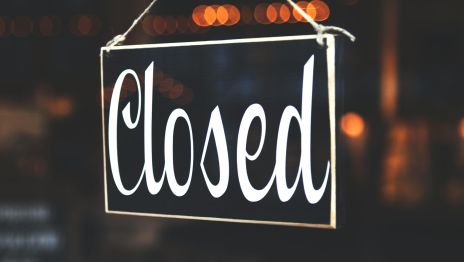Italians aren't the biggest coffee drinkers in Europe - that title goes to the Finns - but their nation's link with cafe culture is etched on every menu board, giving the world the espresso, the mocha and the latte.
Now that link is feeling the strain of recession.
As Europe's debt crisis drags on, more and more cash-strapped Italians are giving the coffee bar a miss and taking their morning caffeine hit in the kitchen.
"Italians are drinking more coffee at home than at the bar," Raffaele Brogna, the founder of consumer blog community ioleggoletichetta.it, told Reuters.
The trend hasn't gone unnoticed at the Bar Principe in central Milan, and it is hitting the owner, Fausto D'Andrea, in the pocket.
Though coffee prices have risen sharply - reaching a 34-year high on world coffee markets last summer - D'Andrea has had to freeze prices to keep his clientele.
"There has been a little slowdown in consumption, but I haven't increased prices," he said, as he served coffees and sandwiches to customers brandishing corporate lunch vouchers.
D'Andrea said he served espressos for 0.80 euros a cup, against average prices of 0.90 euros charged by rivals in Italy's financial capital.
Still too much for those opting for a kitchen cup, some of whom are fuelling the growth of the $8 billion single-cup coffee market, dominated by players such as Nestle's Nespresso and Green Mountain Coffee Roasters Inc, in which Italian coffee-producer Lavazza also has a stake.
But one-cup coffee makers and the coffee-filled cups, discs or capsules they use, still account for only 8 percent of total worldwide coffee sales.
In Italy, at least, that is because the consumer has gone back to the stove-top moka pot that their grandparents would have used after the Great Depression.
Consumer blogger Brogna said most of the 52,000 followers polled on his Facebook and Twitter pages said they had returned to the moka pot to save money.
"After years using various coffee machines, we have gone back to our beloved moka ... cheap and with a unique taste!" consumer Francesca Larcinese wrote on the blog's Facebook page.
Since entrepreneur Alfonso Bialetti created his first moka in 1933, the two-chamber steel pot has resisted competition from the fancy single-serve brewers.
In Italy, nearly 80 percent of the population drink coffee at home, and nearly 60 percent own a moka, leading moka manufacturer Bialetti said, adding the recession was encouraging the use of ground coffee.
"Consumers have certainly become more cautious about spending, and the cost of coffee-filled cups is higher than ground coffee," said Gaia Mazzon, head of communications at Bialetti Industrie.
Bialetti has also started to invest in multi-function machines that use discs and ground coffee, Mazzon said.
Consumer Annalisa Di Modugno said she preferred to spend 0.85 euros for a 250-gramme pack of ground coffee than 30 euros per month on coffee-filled capsules.
The only cost-saving option not on the coffee table is abstinence.
"I cannot see a permanent drop in consumption in Italy ... because it's part of their culture," Roberio Silva, Executive Director, International Coffee Organization (ICO), told Reuters Television.
"It would be impossible. I'd give up other things but never coffee," cafe consumer Enzo Serrani said.















